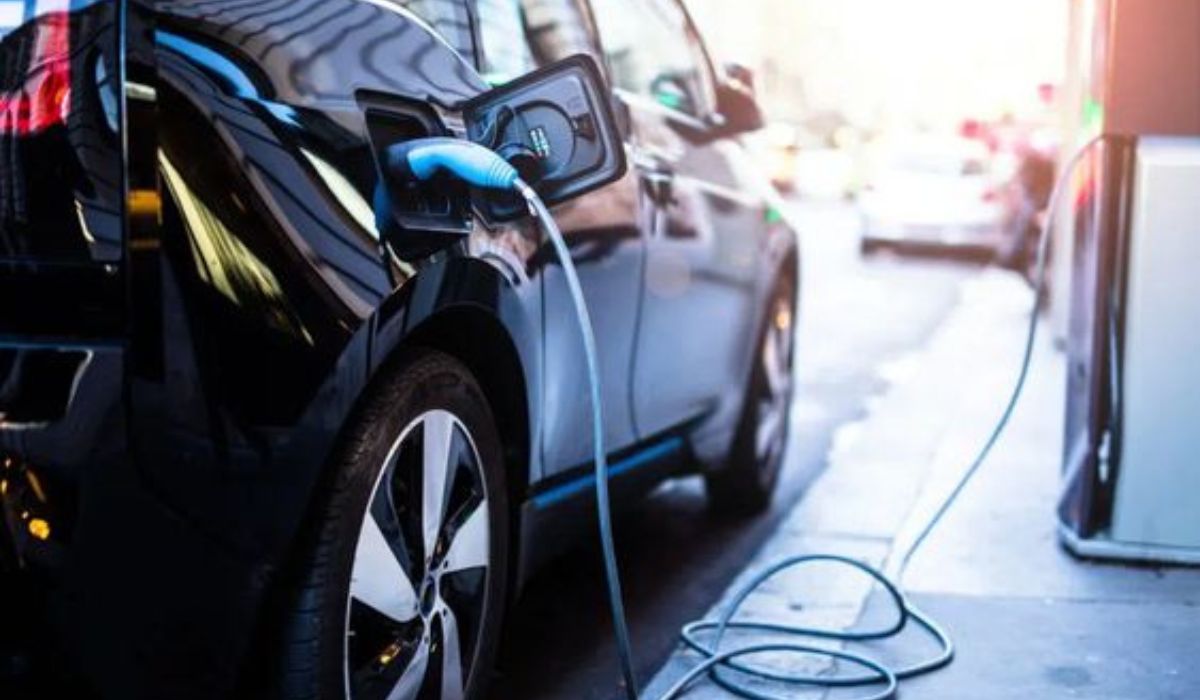Plug-in hybrid vehicles are an appealing solution that bridges the gap between conventional gasoline-powered cars and fully electric vehicles in today’s environmentally concerned society. Plug-in hybrids provide a one-of-a-kind driving experience thanks to its innovative combination of an internal combustion engine and rechargeable batteries. How do these cars work, and what makes them special?
How Plug-In Hybrids Work
Plug-in hybrid vehicles utilise a dual powertrain system, comprising an internal combustion engine and an electric motor powered by a rechargeable battery. The onboard computer intelligently shifts between the two power sources, allowing for electric-only running over short distances and seamless transition to the combustion engine for longer trips. With this adaptable method, drivers may enjoy the benefits of both technologies without the range anxiety that comes with all-electric cars.
Advantages of Plug-In Hybrid Cars
The versatility of plug-in hybrids delivers a plethora of benefits. Conspicuous benefits include decreased fuel use, less pollutants, and potential cost savings. These cars are more versatile than ordinary hybrids since they can go farther on electric power alone, making them perfect for shorter commutes.
Environmental Impact and Benefits
Plug-in hybrids’ positive effects on the environment are noteworthy. These vehicles promote a greener footprint by lowering dependency on fossil fuels, which in turn reduces emissions of greenhouse gases. The fact that they can run on electricity means they produce less pollution, which fits well with the current trend towards more eco-friendly practises and smaller carbon footprints.
Comparison with Other Vehicle Types
Plug-in hybrids provide a good compromise between fuel efficiency, decreased emissions, and practicality when compared to traditional gasoline vehicles and completely electric cars. Their versatility and adaptability make them a desirable choice among buyers shopping for a car that can meet a wide range of purposes behind the wheel.
Maintenance and Longevity
A plug-in hybrid requires regular maintenance inspections, just like any other car. The intricacy of twin powertrains and the limited life of the batteries necessitate expert maintenance. Understanding these maintenance needs is vital to preserve the vehicle’s lifetime and best performance.
Charging Infrastructure
The practicality of owning a plug-in hybrid is drastically affected by the accessibility of charging stations. Improvements in charging infrastructure are allowing more people to take use of electric vehicles by making charging stations more widely available.
Best Practices for Owning a Plug-In Hybrid
Several guidelines are suggested to make the most of the advantages of owning a plug-in hybrid. Consistent charging, learning one’s driving habits to maximise EV usage, and taking advantage of rebates and tax credits are all good places to start.
Government Incentives and Policies
Plug-in hybrids are just one type of environmentally friendly car that has been the target of incentives and legislation from governments throughout the world. Incentives like tax breaks and parking privileges help make the world a better place for people who drive plug-in hybrids.
Future Prospects of Plug-In Hybrids
Plug-in hybrids are the wave of the future in the ever-changing auto market. The positive trajectory of the development of these vehicles is supported by the improvements in battery technology, infrastructure, and the shift towards sustainability.
Addressing Common Misconceptions
Concerns about battery life, charging infrastructure, and performance are common myths concerning plug-in hybrids. By providing factual data, we may debunk these stereotypes and inspire people to make well-informed choices when researching these cars.
Final Thoughts
To get to a more sustainable automobile future, plug-in hybrids are crucial. Drivers who want to strike a balance between environmental responsibility and practicality in their daily commute may consider them because of their versatility, efficiency, and eco-friendliness.
Also Read: A Comprehensive Guide to Choosing the Right Battery for Your 2007 Toyota Prius Hybrid.
Frequently Ask Questions (FAQs)
What is the typical electric range of a plug-in hybrid?
The electric driving range of modern plug-in hybrids typically sits between 20 and 60 miles. However, this range can fluctuate based on driving circumstances, battery capacity, and the vehicle’s general design.
Are plug-in hybrids more expensive to maintain compared to traditional vehicles?
Due to the plug-in hybrid’s two powertrains and batteries, its maintenance expenses may be different from those of a conventional vehicle. However, the long-term savings in gasoline and possible tax advantages more than make up for the greater upfront costs.
How does the charging process for a plug-in hybrid differ from an electric car?
Any regular household outlet or a dedicated charging station can be used to power a plug-in hybrid’s battery. The method is comparable to that used by electric vehicles, however the shorter charging time is usually the result of smaller battery capacity. Plug-in hybrids provide greater mobility because they can switch to petrol power when their electric batteries run dry.
Do plug-in hybrids qualify for government incentives in all regions?
Plug-in hybrids can receive varying levels of government support in different countries. To promote the purchase of more environmentally friendly automobiles, many jurisdictions provide financial incentives like tax credits and rebates. It is important to investigate the incentives offered in your area, however, as specific eligibility conditions and the extent of incentives vary.
Are there any drawbacks to owning a plug-in hybrid?
The restricted electric range, the need for charging infrastructure, and the complexity of maintaining two powertrains are among possible downsides of plug-in hybrids despite their many benefits. In addition, the upfront investment may be greater than that of conventional automobiles, but the payoff is usually greater in the long run.











